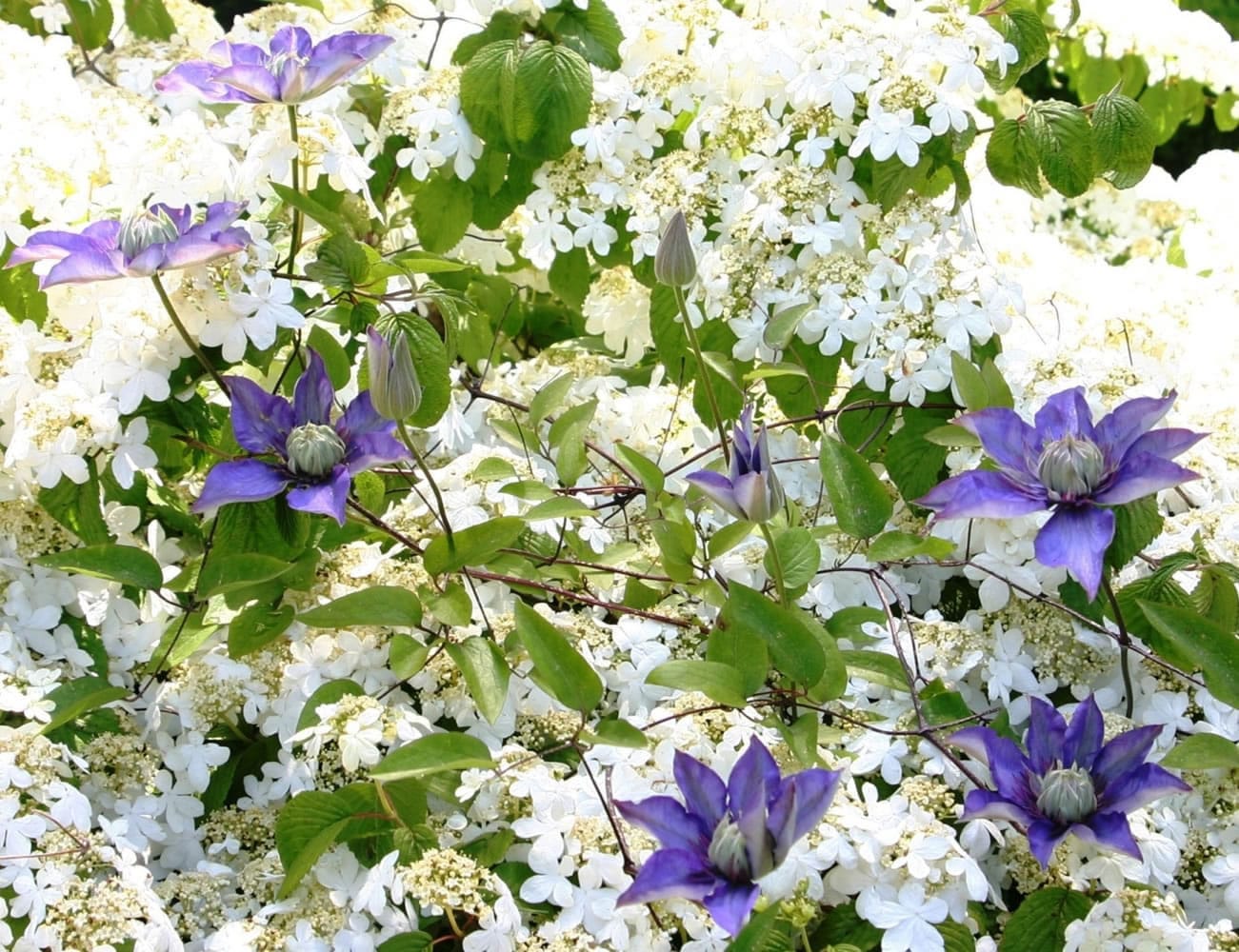The forecast calls for days of sunshine and drought. Technically, it’s time to water, not plant. This is particularly true if you want to plant in an area of the garden that is fully exposed to the midday sun. If you have read my advice in the past, you know that I don’t always follow these common sense rules of thumb. A guideline is a practical principle that is based on another’s experience. They are often but not always valid.
If I was having an open garden in the month of August and I found a plant that would fill a specific gap in the garden at this time of year, it might be worth the extra effort for me to keep that plant well watered and protected from the sun through the following weeks of hot summer weather. If you simply cannot guarantee the plant’s requirements for success at this time of year, wait until autumn’s arrival to plant.
Either way, I recommend every gardener take some time in summer to envision what you would like to see growing in your garden in subsequent seasons. By midsummer in my garden the shrubby butterfly rose, Rosa mutabalis, is covered with single blossoms in a mix of hot and cool colors. As new flowers open, the old ones fade from bright cerise to a watercolor pink and all the colors in-between.
A great way to extend the rose season from summer into autumn and even winter is to add roses that are known for their flush of late season fruits, also known as rose hips. Species roses often produce a good crop of hips from single flowers and make good hedges and long season mass plantings in a large garden. The blue leaf rose, Rosa glauca (rubrifolia) is notable for its unusual blue-green foliage with hints of purple, covered with a waxy bloom. The lovely, clear pink flowers are small and bright, produced in clusters of two to five. The fruit is a globose, dark red hip.
One of my favorite summer trees is just now beginning to flower, which is a rarity this late in the season. Stewartia pseudocamellia is a four season tree with mottled cinnamon and khaki bark in winter, bright new-green leaves in spring, small white flowers with yellow anthers in summer, and orange-burgundy fall leaf color. The flowers give the tree its species name with their resemblance to the camellia blossom. Best of all, this tree is a showy, mid-sized specimen that will fit into most gardens.
One benefit of being a garden writer is receiving new plant introductions from nurseries and plant growers. They want to encourage us to grow their plants and to share our favorites with our readers. Proven Winners Color Choice is introducing over 50 new flowering shrub varieties for 2014. As an active gardener, I recognize the essential value of flowering and seasonal interest shrubs in the Northwest garden. Needless to say, I am excited to try a few of my new Proven Winner selections.
At one time, my shrub selections focused on what I considered essential garden viburnums including ‘Korean Spice’ and ‘Spring Bouquet’. I am still in awe of the unrivaled Viburnum plicatum tomentosum ‘Shasta’, the first doublefile viburnum cultivar to result from a breeding program at the U.S. National Arboretum. A well thought out and deliberate combination of complimentary trees, shrubs, groundcovers and perennials is the key element of a successful garden.
Viburnum ‘All That Glitters’ and Viburnum ‘All That Glows’ feature 4 to 6 foot tall and wide shrubs hardy to USDA zone 5. They are about half the size of many typical viburnum varieties and mature with a handsome, dense habit. The high gloss shine of the shrub’s foliage is the claim to fame of these two new introductions. When planted near one another, they produce a heavy fruit set of large blue berries in fall. They are also touted as deer resistant but I consider that a “wait and see” issue in my country garden.
At the end of a summer day, when I look around the garden, I can honestly say that there is so much interest and beauty I can rest in the satisfaction of a job well done. If this small patch of garden was all there was, it would be a generous gift to last a lifetime. Then again, how much more lovely it would be if I could just add the bright, golden day-glow foliage of the smoke bush, Cotinus coggygria ‘Golden Spirit’ as a backdrop in the sunny border.
Robb Rosser is a WSU-certified master gardener. Reach him at Write2Robb@aol.com.



